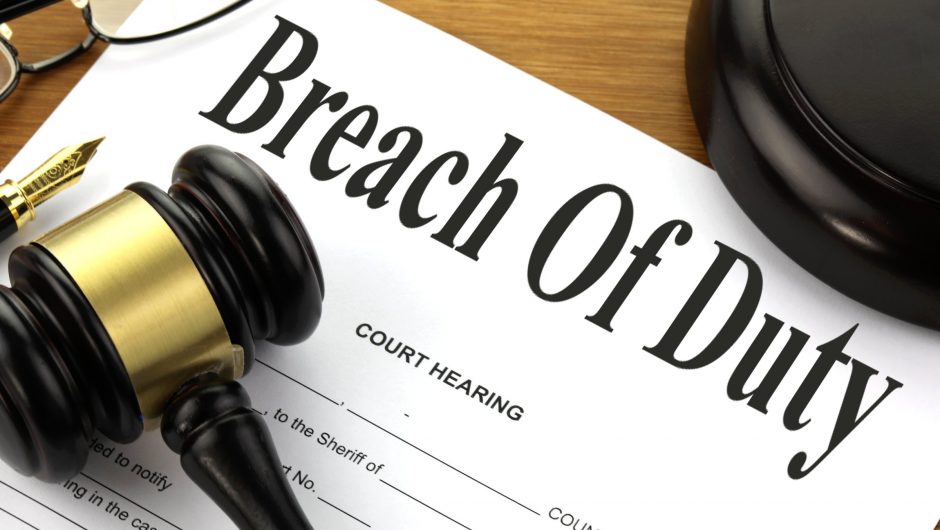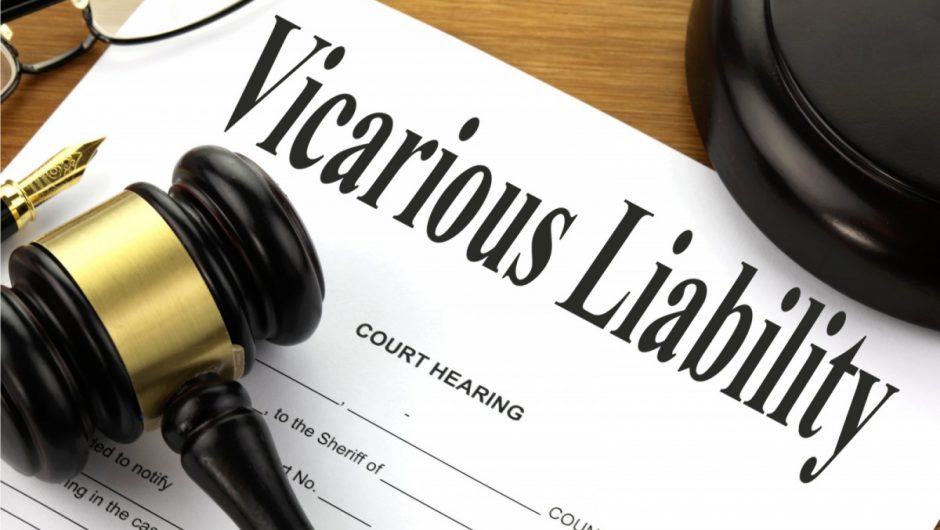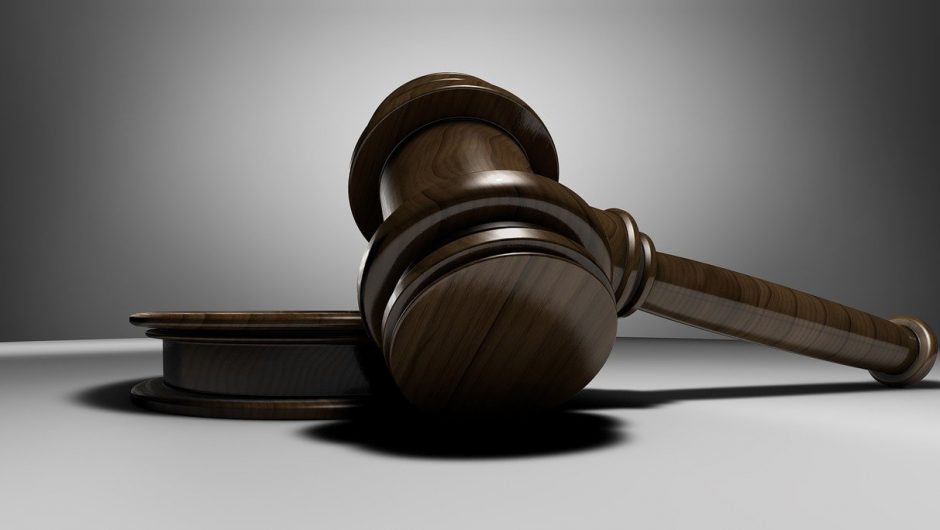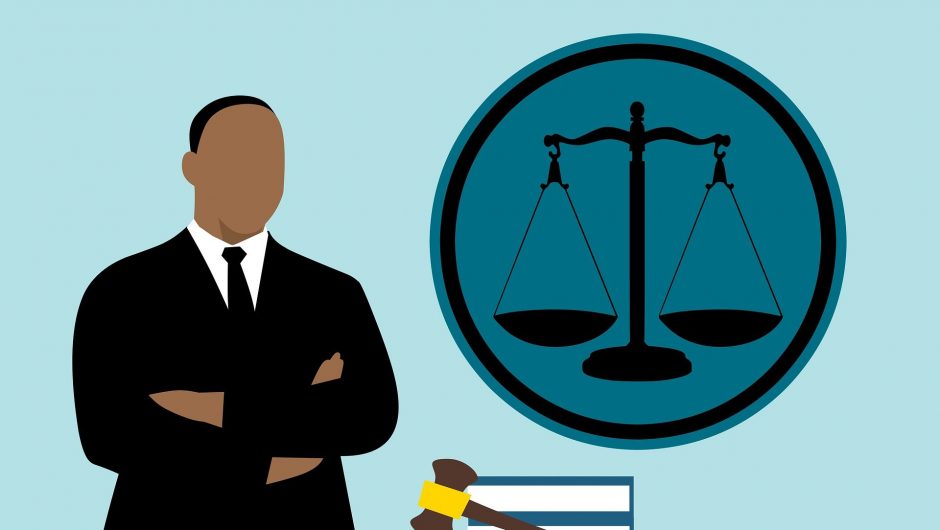If you are trying to pursue a personal injury claim there are elements of negligence that have to be confirmed in order for you to be successful and receive a cash award that is in line with the level of compensation you believe you are entitled to.
Proving another person’s negligence is a common theme amongst personal injury claims cases, so the obvious questions that need answering are what is negligence and what does it take to prove you have a viable case?
Let’s take a look at the four key elements relating to negligence.
Establishing a duty of care
The basic premise of what negligence means is when someone fails to maintain a certain level of conduct when it comes to health and safety measures.
For example, a business owner has a clear duty of care to provide employees with a safe working environment that meets current standards.
Duty of care is when the law recognizes that there is a clear relationship between the two parties, employer and employee, for instance, and when that relationship is clearly defined in the eyes of the law that is when a duty of care can be established.
Breach of duty
Having established that duty of care the next step is to produce evidence that the defendant has clearly crossed the line and committed a breach of that duty by allowing the claimant to suffer an injury due to negligence.
Sometimes, it can be very straightforward to prove a breach of duty, especially if it is obvious that the defendant would have know their actions or lack of care would lead to an accident.
Proving someone is guilty of a breach of duty is often about demonstrating that the defendant had reasonable cause to know that their actions or lack of diligence could have led to a lack of safety and put another person at an unreasonable risk of danger.
The cause of a plaintiff’s injuries
The third element is causation, which is referred to in legal terms as cause in fact.
This is a scenario where the plaintiff has to prove that the defendant’s breach of duty and negligence was the direct cause of the accident and the injuries they have sustained.
If you were driving a company vehicle and a tree fell into your path, for instance, the employer could not be held responsible for an act of nature. However, if the vehicle had not been maintained and the brakes were faulty, for example, that would be more likely to be negligence.
Damages awarded
Having cleared all the previous legal hurdles in your negligence claim the final element is the award of damages.
This award is mainly monetary compensation, designed to cover losses that you have incurred relating to things such as hospital bills, lost wages, medical care, plus other aspects that might be relevant like the emotional toll the incident has taken on your health.
If you have to claim compensation for negligence you should be prepared to get legal guidance and also understand the process involves tackling these four elements of the process before you can start to move on with your life.









